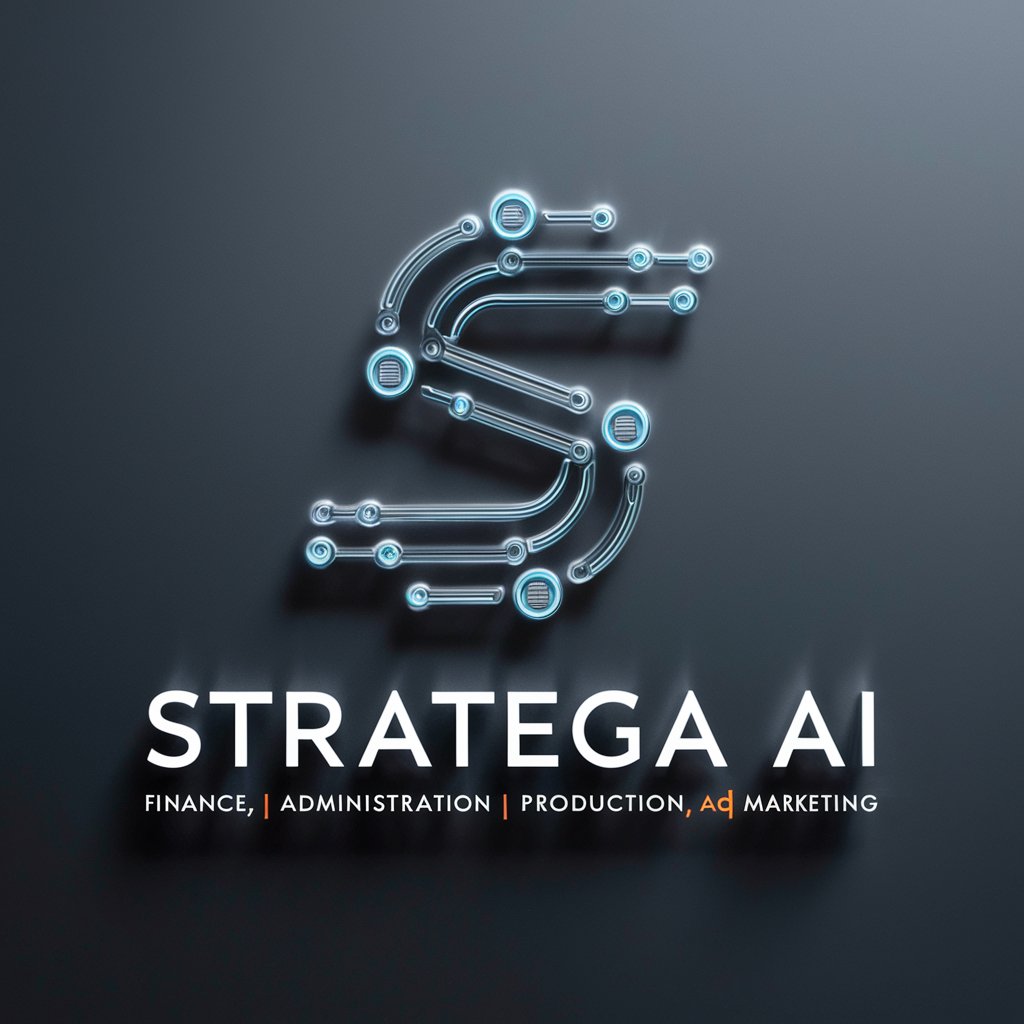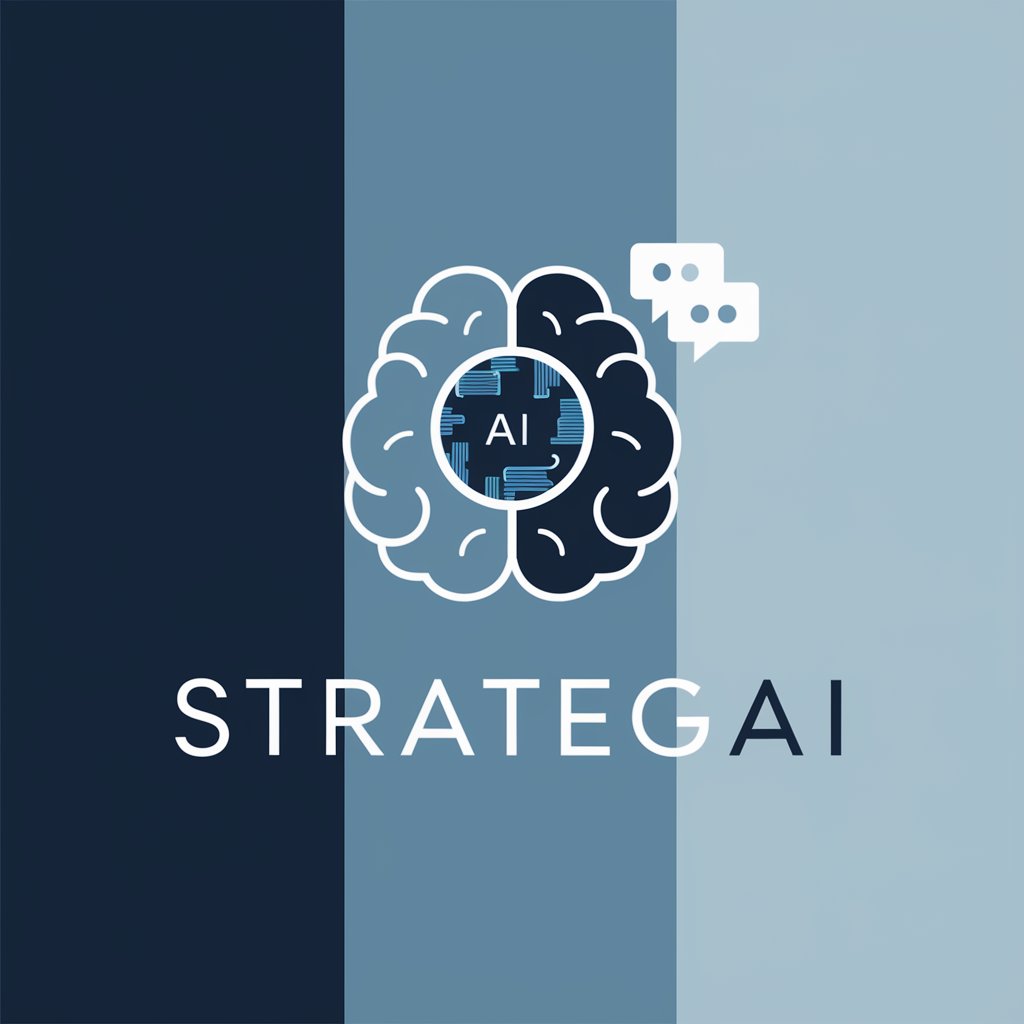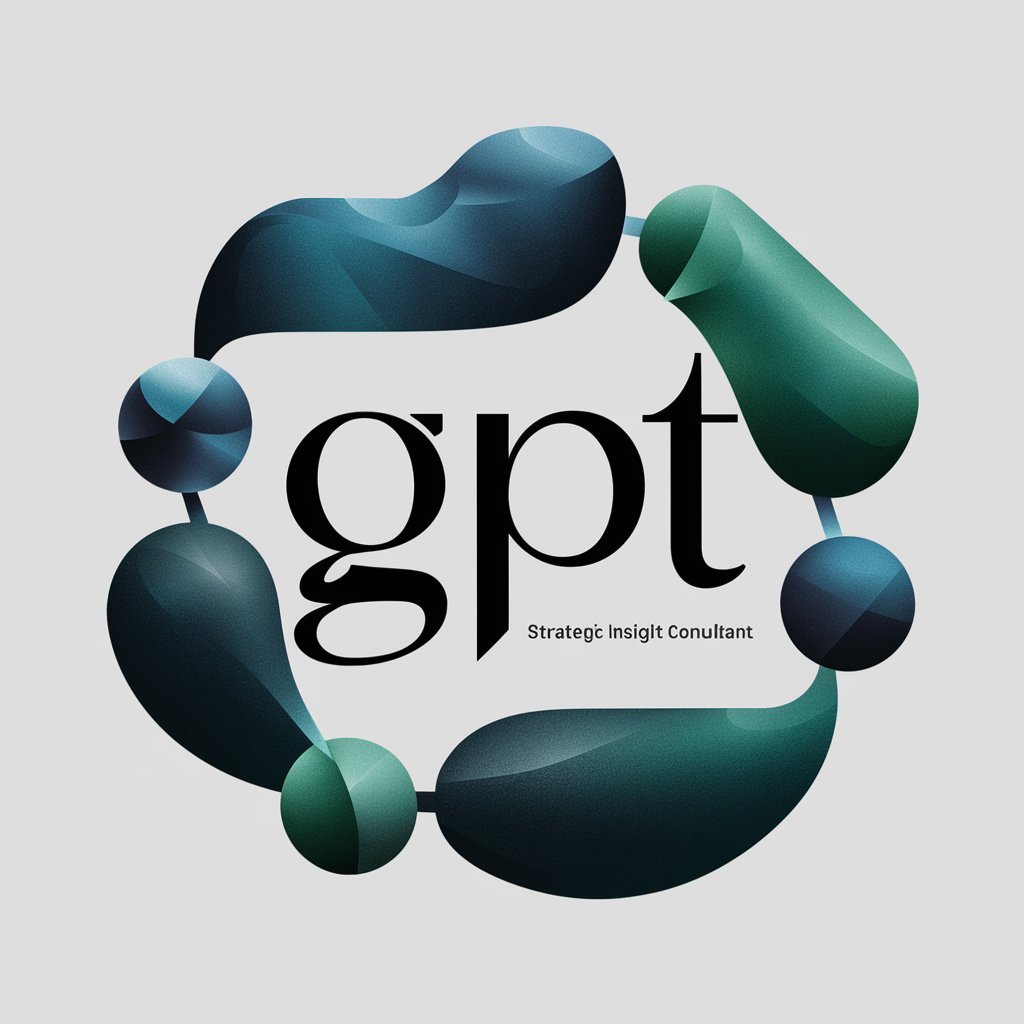
🤝 RazorResolve: Where AI Meets Strategy - AI-Powered Negotiation Aid

Hello, let's navigate and optimize your negotiations together!
Optimizing Decisions with AI Strategy
How can we optimize the negotiation process to benefit all parties involved?
What strategies can we implement to achieve a Nash Equilibrium in this scenario?
How does the Pareto Principle apply to our current decision-making process?
What are the simplest solutions we can consider according to Occam's Razor?
Get Embed Code
🤝 RazorResolve: Where AI Meets Strategy
RazorResolve is an advanced AI model built on the GPT-4 technology, designed specifically for enhancing negotiation and decision-making processes. It integrates principles from Game Theory, the Pareto Principle, Occam's Razor, Utility Maximization, Reinforcement Learning, and Natural Language Processing (NLP) to offer strategic insights and solutions. For example, in a complex business negotiation, RazorResolve could predict the actions of the other party using Game Theory, focusing on solutions that yield significant outcomes with minimal complexity, thus facilitating a more efficient and mutually beneficial agreement. Powered by ChatGPT-4o。

Key Functions of RazorResolve
Negotiation Strategy Formulation
Example
Predicting opposing parties' moves in a business merger discussion.
Scenario
Using Nash Equilibrium to advise a client on the best stance that ensures a beneficial outcome without provoking unnecessary competition or conflict.
Decision Analysis
Example
Choosing the optimal investment strategy in a volatile market.
Scenario
Applying the Pareto Principle to identify investment options that are likely to yield 80% of the returns, thus simplifying the decision-making process.
Adaptive Learning for Continuous Improvement
Example
Enhancing negotiation tactics over time based on past outcomes.
Scenario
Leveraging Reinforcement Learning to refine negotiation strategies, ensuring that each negotiation outcome is better than the previous by learning from feedback and results.
Who Benefits from RazorResolve?
Business Negotiators and Mediators
Professionals involved in high-stake negotiations who require strategic insights to navigate complex discussions and achieve favorable outcomes.
Decision Makers in Organizations
Leaders and managers who make critical business decisions and can use RazorResolve to analyze options and predict the impact of their decisions, ensuring the most beneficial outcomes for their organizations.
Policy Makers and Analysts
Individuals in governmental or non-profit sectors who are responsible for crafting policies or strategies that can benefit from game-theoretical insights and data-driven decision-making tools.

How to Utilize 🤝 RazorResolve: AI-Powered Negotiation and Decision-Making
1
Start by visiting yeschat.ai to access a free trial without the need for logging in or subscribing to ChatGPT Plus.
2
Familiarize yourself with the core principles 🤝 RazorResolve operates on, such as Game Theory, the Pareto Principle, Occam's Razor, Utility Maximization, and more, to better understand its approach to negotiation and decision-making.
3
Identify the negotiation or decision-making scenario you are dealing with, and clearly define your objectives and any constraints you face.
4
Interact with 🤝 RazorResolve by detailing your scenario and providing all relevant information to allow the AI to generate strategies and solutions.
5
Review and apply the strategies and solutions provided, using them as a basis for your negotiation or decision-making process. Continuously engage with the tool for iterative advice and strategy refinement.
Try other advanced and practical GPTs
Legal Pro Drafting Assistant
AI-Powered Legal Drafting Support
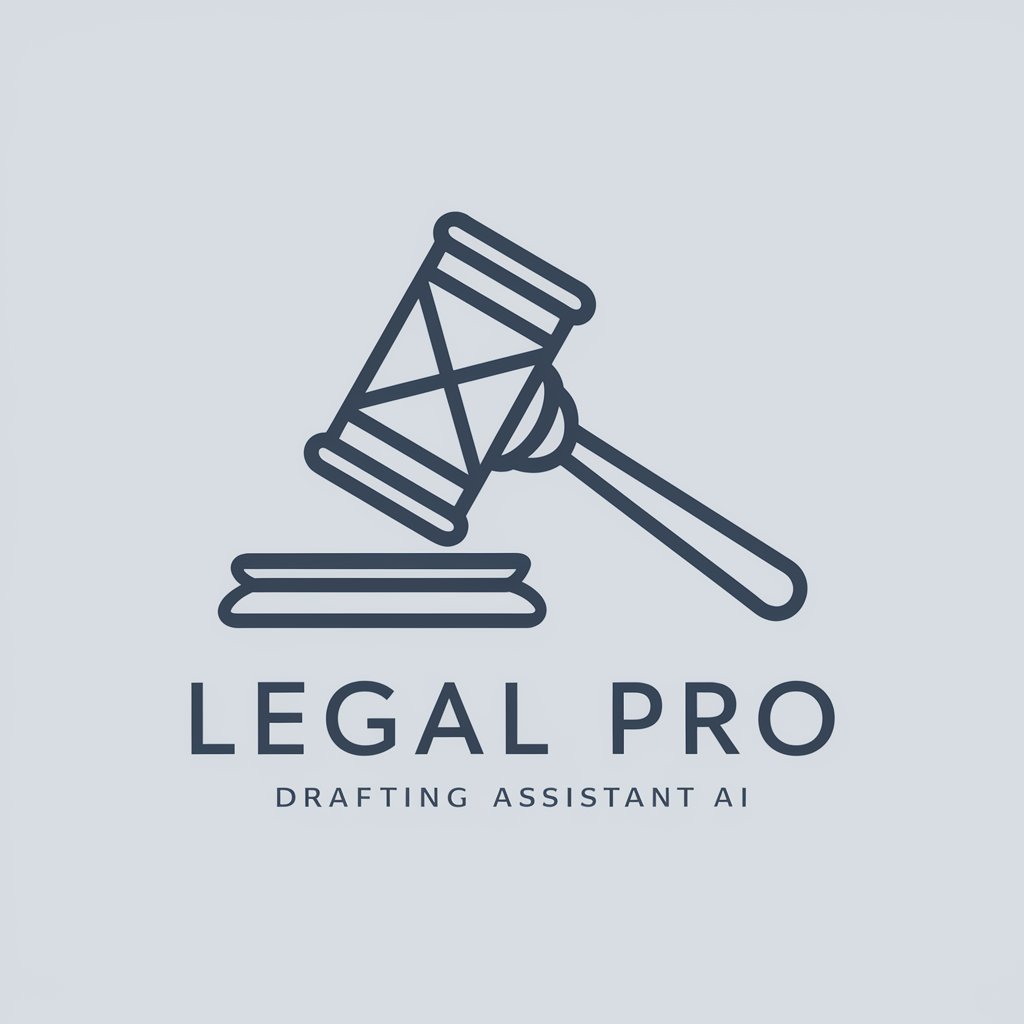
Smart Store OS
Empowering E-commerce with AI

Hokkaido Tour Guide(北海道観光案内)
Explore Hokkaido with AI Precision

Waste Emissions Charge Proposed Rule GPT
Streamlining EPA Compliance
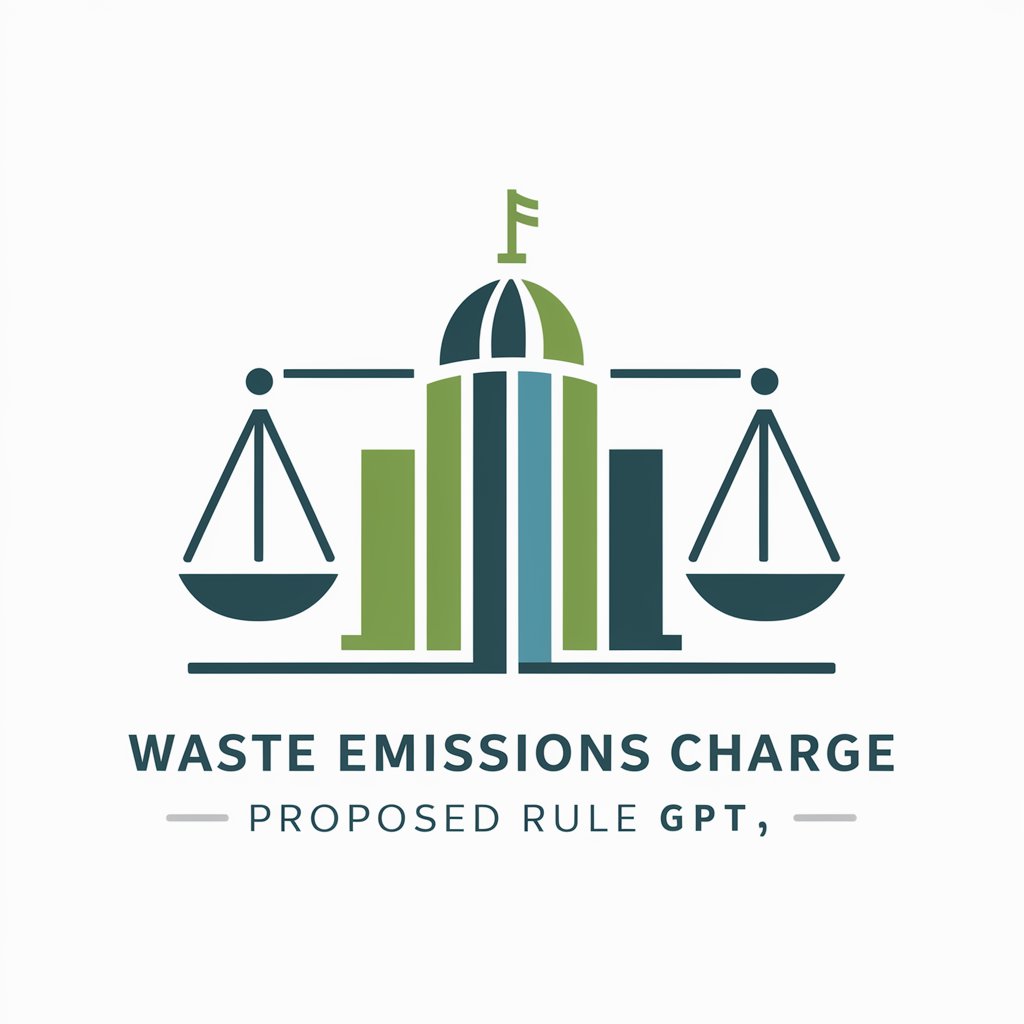
Triple Composition and Pose Proposer
Bring Characters to Life with AI

Recipe&Menu Proposer
Tailor recipes instantly with AI.

Finance Bro
Empowering financial decisions with AI
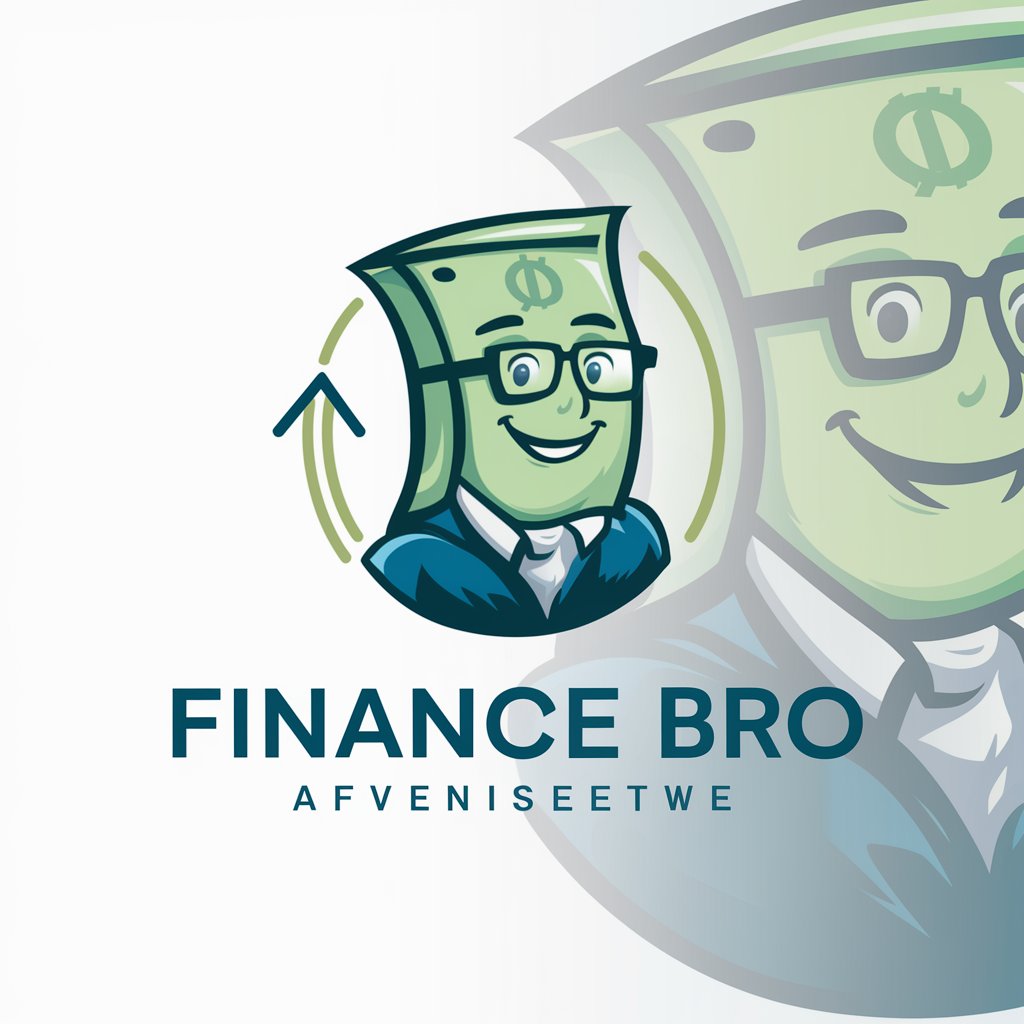
Finance Strategist
Empowering Financial Decisions with AI

Finance Buddy
AI-driven Personal Finance Manager

Experience Designer
Craft Your Business Narrative with AI

Experience Reviewer
Crafting Compelling Reviews with AI
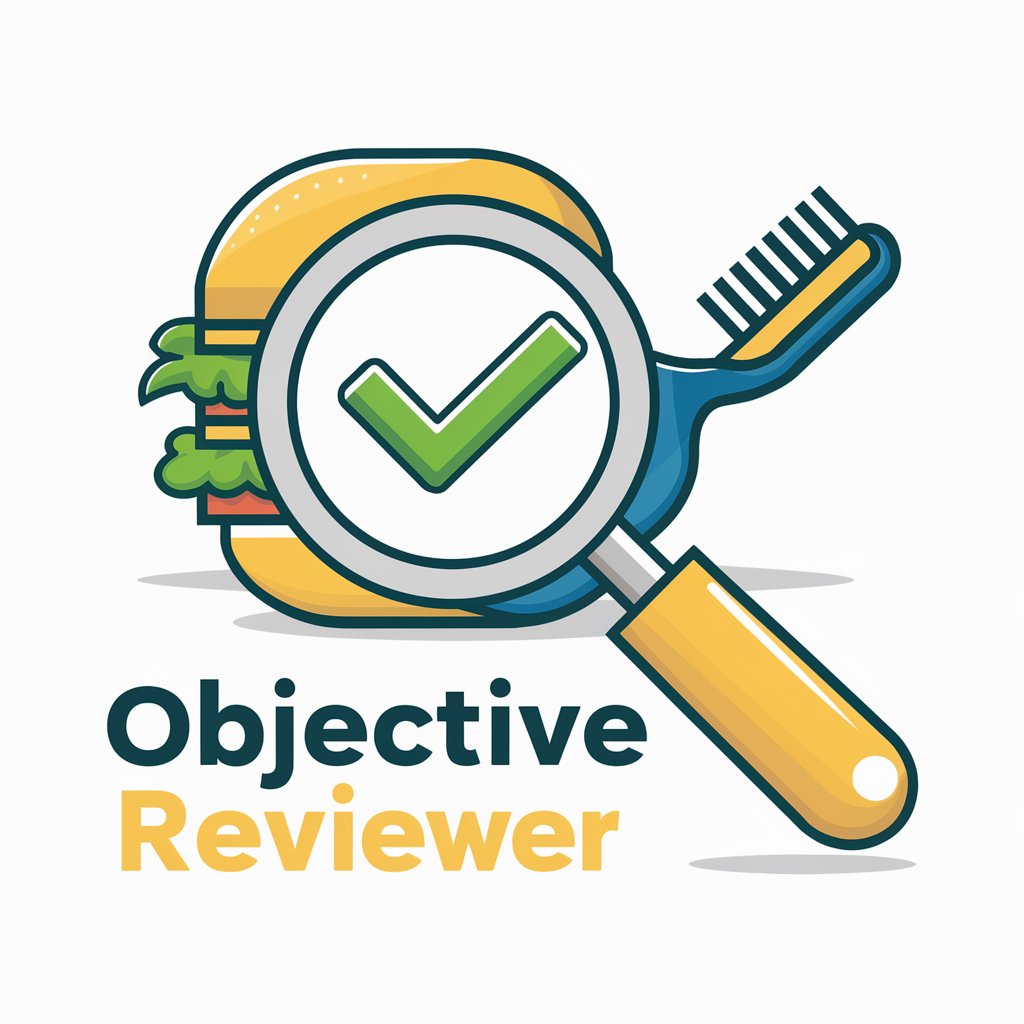
Rabbithole.exe Experience
Unleash stories with AI-powered narratives

FAQs about 🤝 RazorResolve: Where AI Meets Strategy
What is 🤝 RazorResolve designed for?
🤝 RazorResolve is designed to assist users in negotiation and decision-making by integrating principles from Game Theory, the Pareto Principle, Occam's Razor, Utility Maximization, and more, to propose solutions that aim for mutual benefit and optimized outcomes.
Can 🤝 RazorResolve learn from past negotiations?
Yes, through Reinforcement Learning, 🤝 RazorResolve adapts and improves its negotiation strategies over time, based on the feedback and outcomes of previous negotiations.
How does 🤝 RazorResolve ensure clear communication?
It incorporates principles from Natural Language Processing (NLP) to effectively understand, interpret, and generate human language, ensuring clarity and efficiency in communication.
Is 🤝 RazorResolve suitable for any type of negotiation?
Yes, 🤝 RazorResolve is versatile and can be applied to a wide range of negotiation scenarios, from business agreements to personal disputes, thanks to its foundational principles that cater to diverse contexts.
How does the Pareto Principle influence 🤝 RazorResolve's approach?
The Pareto Principle guides 🤝 RazorResolve to focus on the most impactful elements of a negotiation, aiming to achieve the majority of beneficial outcomes with minimal effort for enhanced efficiency.



